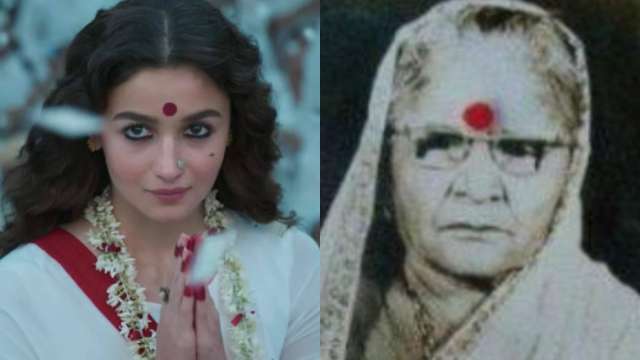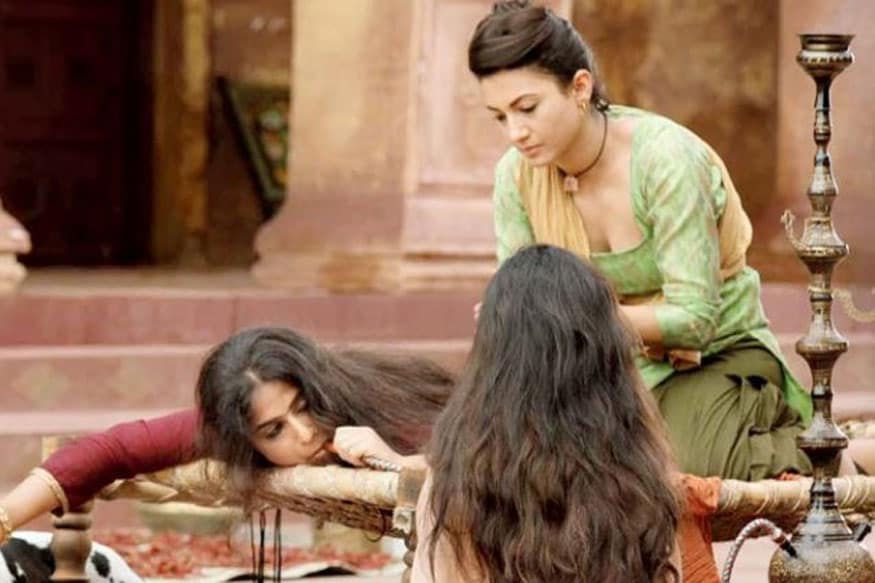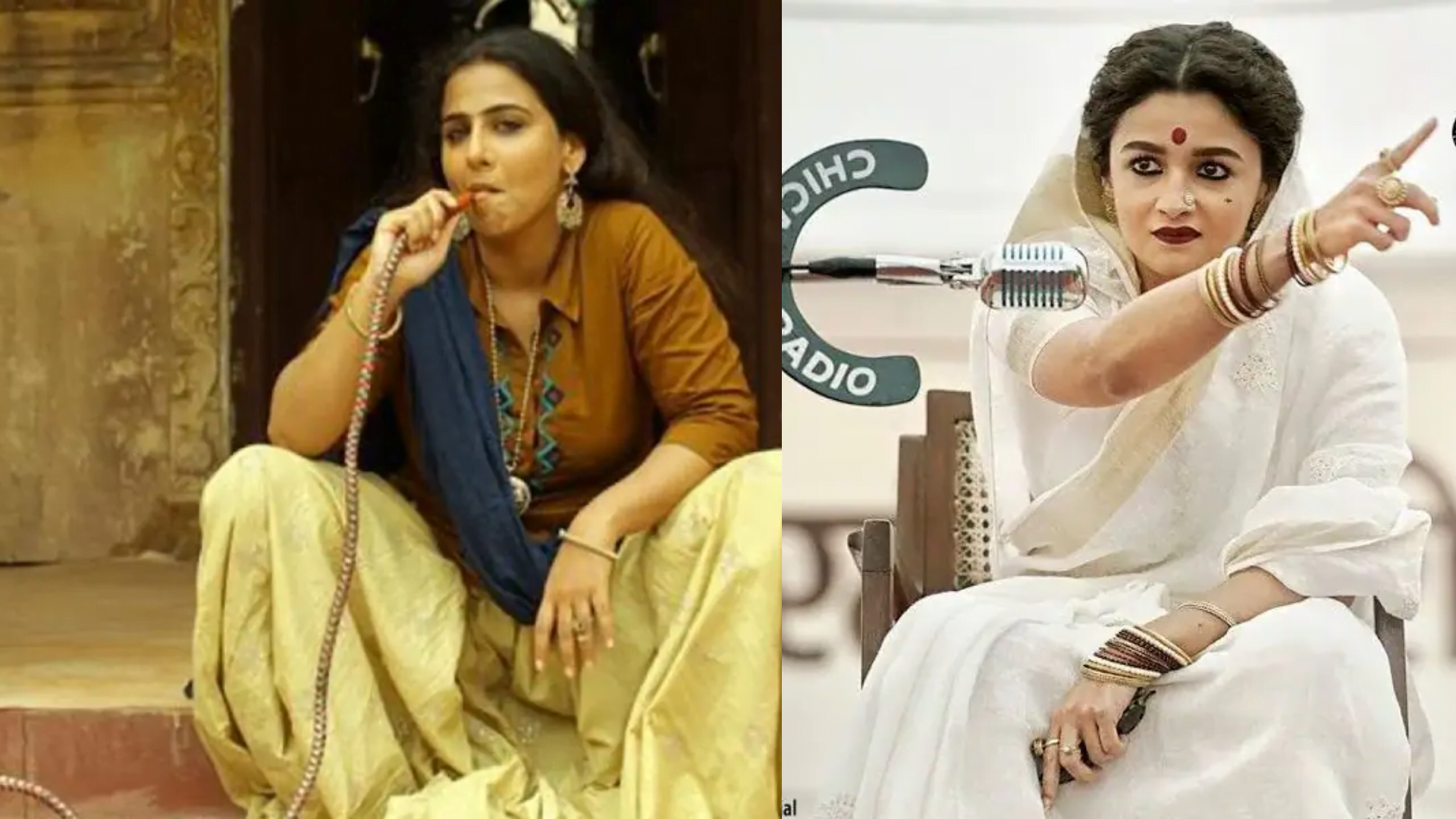“Thus humanity is male, and man defines woman not in herself but as relative to him; she is not regarded as an autonomous being…They (women) live dispersed among the males, attached through residence, housework, economic condition, and social standing to certain men — fathers or husbands — more firmly than they are to other women. If they belong to the bourgeoisie, they feel solidarity with men of that class, not with proletarian women; if they are white, their allegiance is to white men, not to Negro women.”
The Second Sex, Simone de Beauvoir
In her Introduction, ‘Woman as Other,’ Simone de Beauvoir makes two significant points that remain relevant to this day; that women across cultures and classes rarely come together solely for the sake of their gender and that they have been seen as the ‘Other,’ the night to the day, the chaos to the order, the darkness to the light. A woman’s expression of will and desire, even across mythology, whether it be Eve or Pandora, has been reprimanded, and in some cases, she has even been ostracised.
Thus, it comes as no surprise that often, red light areas and the inhabitants of the same are seen as the ‘Other.’ However, depictions of these spaces within Indian cinema compel us to wonder if they are creating an alternate realm where women break free from the stereotypical idea of a ‘good woman’ and embrace all that is raw, liberating and censured.
Through films like Gangubai Kathiawadi and Begum Jaan, red light areas emerge as areas that are symbolic of unrestrained expression of the female self, as well as a space for women to come together. An alternate segment that is both forced to exist and to remain invisible from the conventional framework that makes up a self-proclaimed ‘civilised society’.
Also read: Bollywood & The Girlbossification Of The Sex Worker

A woman’s world
In Gangubai Kathiawadi and Begum Jaan, the red light area in the former and the ‘kotha’ in the latter remain worlds that are controlled by women; it is a woman’s world — and perhaps for this reason, defamed as well. While Gangubai is ready to take a customer (Shaukat Khan) at odd hours of the morning because he pays double the amount, she retaliates against his violence and physical abuse.
Similarly, in Begum Jaan, when the police and government officials enter Begum Jaan’s brothel to give her the eviction notice, a tirade from the eponymous protagonist ousts the men in question, telling them that the brothel was home to the sex workers. Despite the different time periods, narratives, and formats of the movies, this space, is seen as being claimed by the women in them. A site that is symbolic of the autonomy they enjoy and one that ensures that even as they trade their flesh, they do so on their own terms.
Through films like Gangubai Kathiawadi and Begum Jaan, red light areas emerge as areas that are symbolic of unrestrained expression of the female self, as well as a space for women to come together. An alternate segment that is both forced to exist and to remain invisible from the conventional framework that makes up a self-proclaimed ‘civilised society’.
Using language as a form of protest
The women in these movies are also seen revolting against patriarchal frameworks by not just challenging legal and social structures but also by presenting an antithesis to the cultural stereotypes that are placed on them. Language itself plays a huge role in questioning the hypocrisy behind being soft-spoken or polite in a world that is transactional and self-serving.
Through the very rawness of the speech, as well as the harshness of the content, the women expose the dark underbelly of society, which often goes unnoticed. Gangubai, in her speech advocating for the rights of the sex workers, says, “Kumari aapne chora nahi aur srimati kisine banaya nahi.” (“The world didn’t leave me a virgin, and no one was ready to accept me as a wife.“)
Similarly, Begum Jaan, when told to evict her home in a month’s time, is asked if she even knows how to count, she replies scathingly with, “Mahina ginna humein aata hai saab. Har Mahine laal karke jata hai.” (“We know how to count menstrual cycle, Sir. Every month it comes and leaves us red.” This expression, referring to menstruation, at once serves as a witness to the fortitude that women possess and also makes the men uncomfortable, reminding them that the four walls within which they stand are not their territory.
Reclaiming agency over their bodies
Historically, women’s bodies have been leveraged as a site of war. They are specially targeted during conflicts between nations, religions, etc., and rape and violence against women have often served as a means to malign the dignity of the opposing culture or religion. Dismantling this narrative, the sex workers who have already traded their flesh and used it as currency are able to subvert the idea of virginal purity and establish the same as a weapon rather than something that is to be protected.
Across the various backstories of the sex workers, we see victims of oppression and subjugation entering the space. While some, like Gangubai, were betrayed and sold off by their lovers or husbands, others are abandoned after being widowed or raped, and the brothel, for them, almost becomes a place of refuge when their loved ones turn their backs on them.
Also read: Learning About Labour Rights For Sex workers Through The Bollywood Film Gangubai Kathiawadi

We realise that these women are autonomous individuals when we see them reclaim their identity and control over their bodies. The spirit of resistance seems to be ingrained in these women from the moment that they cross over the threshold of the brothel. This is apparent in the striking difference and evolution of Ganga’s character from a gullible, naive girl of sixteen in her home to her becoming the resilient, prudent, and shrewd Gangubai after she has to entertain her first customer.
The women in these movies are also seen revolting against patriarchal frameworks by not just challenging legal and social structures but also by presenting an antithesis to the cultural stereotypes that are placed on them. Language itself plays a huge role in questioning the hypocrisy behind being soft-spoken or polite in a world that is transactional and self-serving.
Expression of love
The red light areas, though rich in their depictions of sexual pleasure, do not miss out on their expression of love and what the word may mean to the women of Kamathipura as well as the brothel in Begum Jaan. In addition to showcasing romantic attachments, the areas also remain symbolic of comradeship and depict a community of sisterhood that remains, no matter what.
The relationship between Gangubai and Kamli comes across as endearing and one that outlasts death, with the community of women taking up the responsibility to bring up Kamli’s daughter after she dies. The women of Kamathipura also recognise Gangubai’s love for them and her spirit to fight for them, which is why they first choose her to be their ‘Gharwali'(brothel owner), with her eventually going on to become the president of the association. Similarly, Begum Jaan, though coarse, is well aware of Gulabo’s affection for ‘Master Ji’ and even promises to speak to him about her hand in marriage on Gulabo’s behalf. Also, the resplendence of festivals in the movie depicts the women as carefree, innocent, and full of love and mutual support for one another.
The red light areas can also be seen as spaces that allow alternate versions of romantic associations to exist as opposed to the conventional and heteronormative ideas of love. Despite the raw depictions of the women, their moments of vulnerability are also showcased beautifully. The dynamics of love within this space are not singular, with multiple trajectories arising out of their relationships.

While the underlying suggestion of a homosexual relationship between Amba and Maina is evident from their chemistry, Sujeet and Rubina’s commitment to each other establishes a different unadulterated version of love. When Sujeet is upset over his inability to give Rubi (one of the sex workers) a different life and feels helpless in the face of the circumstances, Rubi explains to him that all she gives to the customers is the flesh, but her tears, her soul belong to Sujeet. On the other hand, in Gangubai Kathiawadi, Gangubai’s relationship with Afsaan professes a version of love that is unconditional and selfless.
The red light areas can also be seen as spaces that allow alternate versions of romantic associations to exist as opposed to the conventional and heteronormative ideas of love. Despite the raw depictions of the women, their moments of vulnerability are also showcased beautifully. The dynamics of love within this space are not singular, with multiple trajectories arising out of their relationships.
Through songs like ‘Meri Jaan,’ the movie presents the idea of the transience of love without depicting it as inferior. ‘Shikayat’ elaborates on a love that may be unreciprocated but thrives because it is unconditional. In a lot of ways, it may be relevant to the majority of women from the red light areas, showcasing the strength of these women, enabling them to love and not require reciprocation as a marker of fulfillment or superiority.
Thus, careful examination of what red light areas may be symbolic of within cinema has the power to reveal an alternate way of living beyond stereotypical gender roles and one that turns the power dynamic between genders on its head. It emerges as a space that is forged by women, for women, and as opposed to the traditional idea that woman is defined in relation to man. This space allows scope for women to stick by each other, bypassing race, class, and culture, and represents, perhaps all, that we ‘otherise’. Through the cinematic lens, red light areas become an embodiment of raw feminine expression that is unabashed, unconventional, and uncensored.
Featured Image Source: Film Companion, Bollywood Life
About the author(s)
Oindrila Gupta has a penchant for handcrafted papers, hibiscus tea, and all things vintage. She is a voracious reader and finds herself more in love with words, with each passing day. With 6+ years of experience, she is currently engaging in projects in the capacity of an editor, strategist and brand consultant; helping non-profits, small businesses and writers, journey from their first project to their first masterpiece. Over the years, she has worked with organisations like Litro Magazine (UK), Wolf Books, The Swaddle, The Plated Project, WeUnlearn, Icy Tales, Tata Steel, etc. She strives to seek out projects that she is passionate about and particularly enjoys working on those with a strong impact angle.






Exclusive research work. Excellent write up oindrilla. Keep it up.